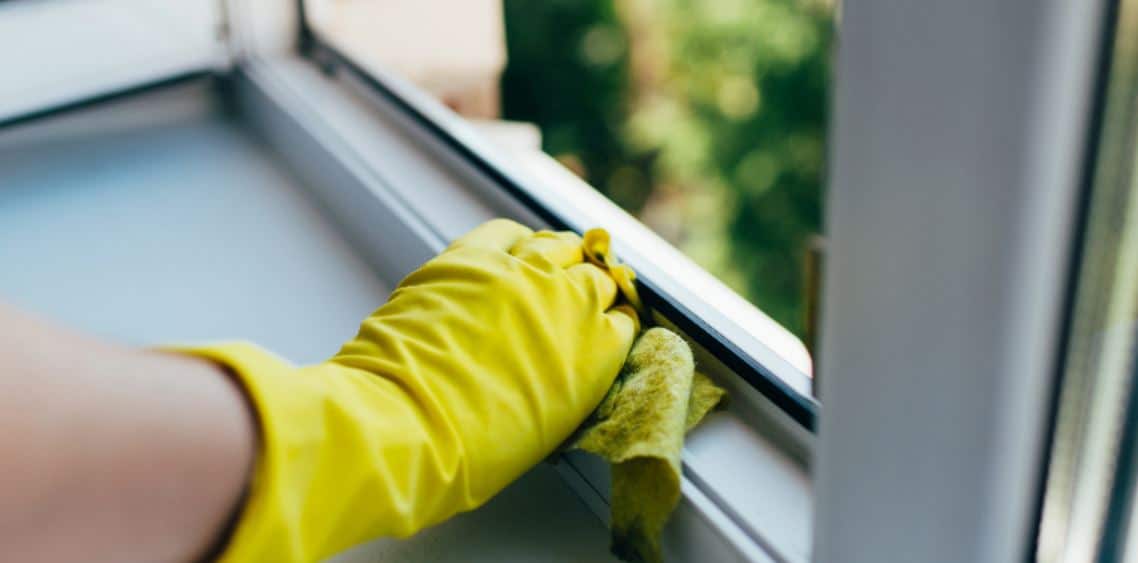
Your windows are more than just openings that let in light and fresh air; they play a vital role in your home’s energy efficiency, comfort, and overall aesthetic appeal. But like any part of your home, windows require regular maintenance to function properly and last for years to come. By taking a proactive approach to window care, you can prevent minor issues from escalating into costly repairs and ensure that your windows continue to perform at their best. In this article, we’ll explore the importance of preventative window maintenance and provide practical tips and techniques to keep your windows in top shape.
Why Window Maintenance Matters
Extend the Lifespan of Your Windows
Proper maintenance can significantly extend the lifespan of your windows, saving you money in the long run. By addressing minor issues promptly and keeping your windows clean and well-maintained, you can avoid premature wear and tear and the need for costly replacements.
Improve Energy Efficiency
Well-maintained windows are more energy-efficient. Clean windows allow more natural light to enter your home, reducing the need for artificial lighting. Properly sealed windows prevent drafts and air leaks, minimizing energy loss and keeping your home comfortable year-round.
Enhance Comfort and Aesthetics
Clean, well-maintained windows enhance your home’s comfort and aesthetic appeal. They provide clear views of the outdoors, allow for better ventilation, and contribute to a more inviting and enjoyable living space.
Cleaning: The Foundation of Window Care
Regular Cleaning Schedule
Establish a regular cleaning schedule for your windows, ideally cleaning them at least twice a year, in the spring and fall. However, if you live in a dusty or polluted area, more frequent cleaning may be necessary.
Gentle Cleaning Solutions
Use a gentle cleaning solution, such as a mixture of warm water and mild dish soap. Avoid harsh chemicals or abrasive cleaners that can damage the window glass or frames.
Proper Cleaning Techniques
Use a soft cloth or sponge to clean the window glass, wiping in a circular motion. For stubborn stains or grime, you can use a squeegee or a microfiber cloth. Be sure to clean the window frames and tracks as well, removing any dirt or debris that can accumulate.
Lubrication: Keeping Things Moving Smoothly
Lubricate Moving Parts
Lubrication is an often-overlooked aspect of window maintenance, but it’s essential for keeping your windows operating smoothly. At least once a year, lubricate the moving parts of your windows, such as the hinges, tracks, and locking mechanisms. This will help prevent sticking, squeaking, and other issues that can make it difficult to open, close, or lock your windows.
Appropriate Lubricants
When choosing a lubricant for your windows, opt for a silicone-based lubricant or a dry Teflon spray. These types of lubricants are designed to provide long-lasting lubrication without attracting dirt and dust, which can cause buildup and hinder the window’s operation. Avoid using oil-based lubricants, as they can attract dirt and grime, leading to more frequent cleaning and potential damage to the window mechanisms.
Inspection: Catching Problems Early
Regular Inspections
Inspect your windows regularly for signs of damage or wear and tear. This includes checking the window glass for cracks or chips, the frames for rot or decay, and the seals for any gaps or cracks.
Look for Signs of Trouble
Pay attention to any signs of trouble, such as drafts, condensation between panes, difficulty opening or closing, or water leaks. Addressing these issues promptly can prevent them from escalating into more serious problems.
Weatherstripping and Caulking: Sealing Out the Elements
Check for Air Leaks
Check the weatherstripping and caulking around your windows for any gaps or cracks. These can allow air and moisture to seep in, compromising your home’s energy efficiency and comfort.
Replace Worn Weatherstripping
Replace any worn or damaged weatherstripping with new material. Weatherstripping comes in various types, so choose the one that’s best suited for your window type and climate.
Reapply Caulking as Needed
Reapply caulking as needed to seal any gaps or cracks around the window frame. Use a high-quality caulk that’s designed for exterior use and is compatible with your window frame material.
Window Screen Care: Protecting Your Views
Clean Screens Regularly
Window screens serve an important purpose: they keep insects and other pests out while allowing fresh air to circulate. However, they can also accumulate dirt, dust, pollen, and other debris over time. To keep your screens clean and functioning properly, clean them regularly, ideally at the same time you clean your windows.
Repair or Replace Damaged Screens
Inspect your window screens for any signs of damage, such as tears, holes, or bent frames. Repair or replace any damaged screens promptly to prevent insects and other unwanted guests from entering your home. Small tears or holes can often be repaired with patches or screen repair tape, while more extensive damage may require replacing the entire screen.
Addressing Common Window Problems
Condensation
If you notice condensation forming between the panes of your double- or triple-pane windows, it’s a sign that the seal has failed. This can compromise the window’s insulation and energy efficiency. You may need to have the window repaired or replaced.
Drafts
If you feel drafts around your windows, it could be due to worn weatherstripping, cracked caulking, or a problem with the window frame itself. Inspect the window carefully to identify the source of the draft and take appropriate action.
Sticking or Jamming
If your windows are sticking or jamming, it could be due to a buildup of dirt or debris in the tracks, a problem with the hinges or locking mechanisms, or a warped or damaged frame. Clean the tracks and lubricate the moving parts. If the problem persists, you may need to have the window repaired or replaced.
When to Call a Professional
Complex Repairs
While many window maintenance tasks can be handled by homeowners, some issues require the expertise of a professional window repair technician. If you’re unsure about how to address a particular problem, or if the issue seems complex or beyond your DIY skills, it’s best to call a professional. They have the knowledge, tools, and experience to diagnose and repair window problems effectively.
Safety Concerns
If you’re dealing with a window issue that involves working at heights or handling potentially dangerous tools or materials, it’s best to leave the job to a professional for safety reasons. Window repair can sometimes involve working on ladders or scaffolding, and professionals have the necessary safety equipment and training to perform these tasks safely.
Conclusion
Preventative window maintenance is an essential aspect of homeownership. By taking a proactive approach to window care, you can extend the lifespan of your windows, improve energy efficiency, enhance comfort and aesthetics, and prevent costly repairs. By following the tips and techniques outlined in this article, you can keep your windows in top shape for years to come. And remember, if you encounter any issues that require professional attention, don’t hesitate to seek the help of a qualified New York window repair company.








